Life On Mars
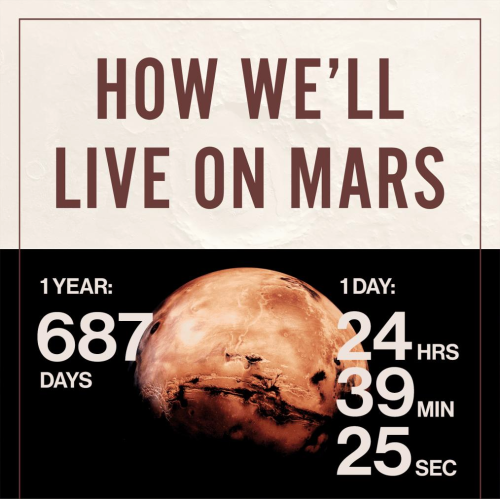
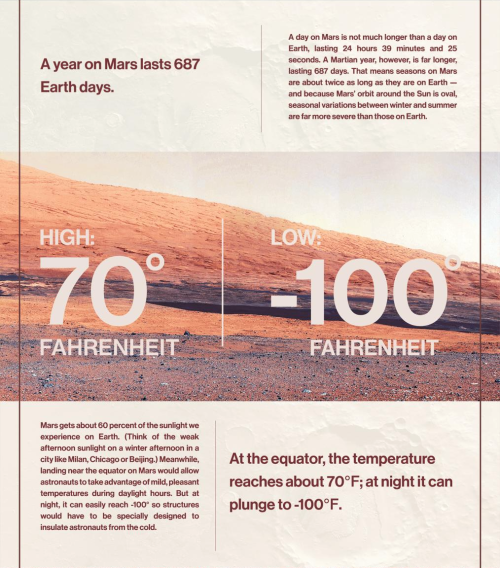
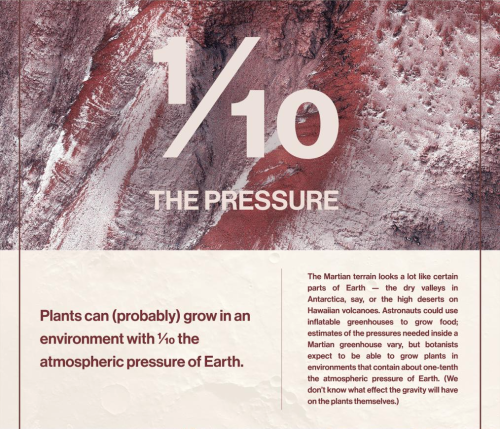
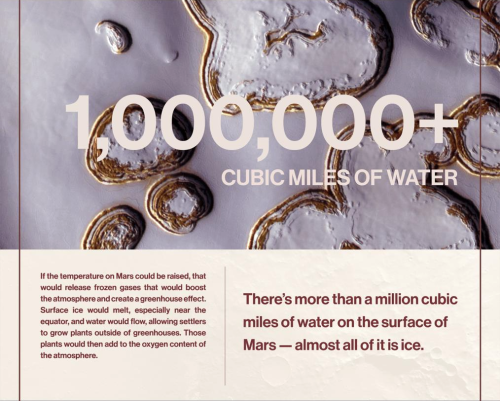
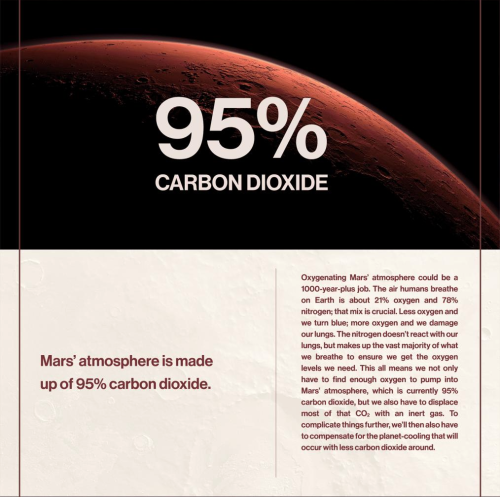
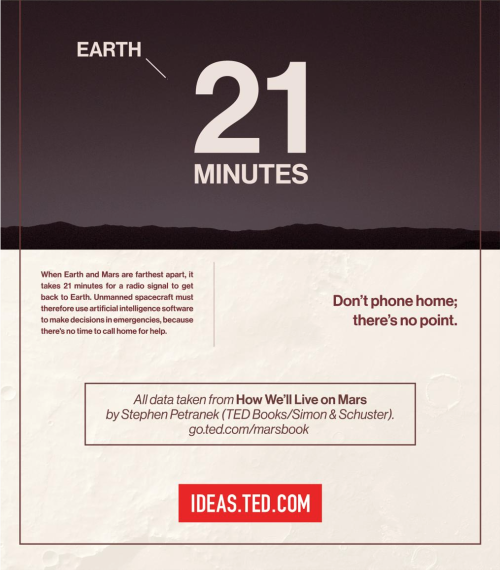
Life on Mars
More Posts from Chris-z-2135-46-blog and Others
Asteroid Terms: Explained
There are interesting asteroid characters in our solar system, including an asteroid that has its own moon and even one that is shaped like a dog bone! Our OSIRIS-REx mission launches at 7:05 p.m. EDT today and will travel to asteroid Bennu.

Scientists chose Bennu as the target of the OSIRIS-REx mission because of its composition, size and proximity to Earth. Bennu is a rare B-type asteroid (primitive and carbon-rich), which is expected to have organic compounds and water-bearing minerals like clays.
Our OSIRIS-REx mission will travel to Bennu and bring a small sample back to Earth for study.

When talking about asteroids, there are some terms scientists use that might not be in your typical vocabulary…but we’ll help with that!
Here are a few terms you should know:
Orbital Eccentricity: This number describes the shape of an asteroid’s orbit by how elliptical it is. For asteroids in orbit around the sun, eccentricity is a number between 0 and 1, with 0 being a perfectly circular orbit and 0.99 being a highly elliptical orbit.
Inclination: The angle, in degrees, of how tilted an asteroid’s orbit is compared to another plane of reference, usually the plane of the Earth’s orbit around the sun.
Orbital Period: The number of days it takes for an asteroid to revolve once around the sun. For example, the Earth’s orbital period is 365 days.
Perihelion Distance: The distance between an asteroid and the sun when the asteroid is closest to the sun.
Aphelion Distance: The distance between the asteroid and the sun when the asteroid is farthest away from the sun.
Astronomical unit: A distance unit commonly used to describe orbits of objects around the sun. The distance from the Earth to the sun is one astronomical unit, or 1 AU, equivalent to about 93 million miles or 150 million kilometers.
Diameter: A measure of the size of an asteroid. It is the length of a line from a point on the surface, through the center of the asteroid, extending out to the opposite surface. Irregularly shaped asteroids may have different diameters depending on which direction they are measured.
Rotation Period: The time it takes for an asteroid to complete one revolution around its axis of rotation. For example, the rotation period of the Earth is approximately 24 hours, or 1 day.
Spectral Type: The classification of an asteroid, based on a measurement of the light reflected by the asteroid.

Watch live launch coverage of OSIRIS-REx to asteroid Bennu starting at 5:30 p.m, on NASA TV: http://www.nasa.gov/nasatv
Make sure to follow us on Tumblr for your regular dose of space: http://nasa.tumblr.com
Let’s All Look at the Moon!
Celebrating Earth’s Nearest Neighbor

Humanity has observed the nighttime sky for millennia, eyeing celestial bodies with wonder. Until the last 50 years or so, telescopes provided our best views of the sky at night. That is, until the Ranger mission broadcast the craft’s descent onto the moon live on March 24, 1965.
+Learn more about Ranger 9
+Watch the video

Our fascination with the moon continues, and since 2010 the organizers of International Observe the Moon Night (InOMN) have turned it into a worldwide, public celebration of lunar science and exploration held annually. One day each year, they invite everyone, everywhere to learn about the moon and to celebrate the cultural and personal connections. We’ll all invited and anyone can host an InOMN event.
+Locations of InOMN Events Around the World
+ Visit International Observe the Moon Night’s site
And, we’re doing our part to let the public know more about our moon. This month’s “What’s up” video is very moon-centric.
+View JPL’s What’s Up for October

Our Night Sky Network at JPL, which bills itself as “astronomy clubs bringing the wonders of the universe to the public,” has a list of astronomy clubs and events across by area, as well as a monthly calendar.
+Learn more
Organizations in our Museum Alliance across the country are also hosting activities. The Museum Alliance was created to be the “front door” to NASA for the world of informal education. The Alliance is a NASA-centric STEAM "community of practice" that includes informal educational organizations, namely, all those outside of the traditional K-12 school system. Our STEAM–Science, Technology, Engineering, Art, and Math–communities include more than 1,400 professionals at more than 700 U.S. museums, science centers, planetariums, NASA Visitor Centers, Challenger Centers, observatories, parks, libraries, camps, and youth-serving organizations as partners in the Museum Alliance.
+Learn more about the Museum Alliance

All us Earth-dwellers can tour the moon via our Moon Tours app that lets you explore the lunar surface from your mobile device. The app includes imagery from lunar orbiters and Apollo missions and is a free download for iOS and Android.
+iOS
+Android
+Check out a full range of NASA apps
Make sure to follow us on Tumblr for your regular dose of space: http://nasa.tumblr.com




Pepacton Reservoir is one of the darkest areas of the tri-state area. By contrast the city is serves is one of the brightest; New York.
js
When the bass drops
Gimme fuel

Deep Magellanic Clouds Image Indicates Collisions : Did the two most famous satellite galaxies of our Milky Way Galaxy once collide? No one knows for sure, but a detailed inspection of deep images like that featured here give an indication that they have. Pictured, the Large Magellanic Cloud is on the bottom right. The surrounding field is monochrome color-inverted to highlight faint filaments, shown in gray. Perhaps surprisingly, the featured research-grade image was compiled with small telescopes to cover the large angular field nearly 40 degrees across. Much of the faint nebulosity is Galactic Cirrus clouds of thin dust in our own Galaxy, but a faint stream of stars does appear to be extending from the SMC toward the LMC. Also, stars surrounding the LMC appear asymmetrically distributed, indicating in simulations that they could well have been pulled off gravitationally in one or more collisions. Both the LMC and the SMC are visible to the unaided eye in southern skies. Future telescopic observations and computer simulations are sure to continue in a continuing effort to better understand the history of our Milky Way and its surroundings. via NASA
js

New view of the Pillars of Creation
js

This ain’t your average balloon
-
 sun-the-shattered liked this · 1 month ago
sun-the-shattered liked this · 1 month ago -
 estramor reblogged this · 1 month ago
estramor reblogged this · 1 month ago -
 estramor liked this · 1 month ago
estramor liked this · 1 month ago -
 jnssq reblogged this · 10 months ago
jnssq reblogged this · 10 months ago -
 cosmic-station liked this · 11 months ago
cosmic-station liked this · 11 months ago -
 fifty2pickup reblogged this · 1 year ago
fifty2pickup reblogged this · 1 year ago -
 galaxy-to-galaxy reblogged this · 1 year ago
galaxy-to-galaxy reblogged this · 1 year ago -
 happilykrispygalaxypensieri liked this · 1 year ago
happilykrispygalaxypensieri liked this · 1 year ago -
 sotsogm reblogged this · 1 year ago
sotsogm reblogged this · 1 year ago -
 sotsogm liked this · 1 year ago
sotsogm liked this · 1 year ago -
 hair-down-to-his-knees reblogged this · 1 year ago
hair-down-to-his-knees reblogged this · 1 year ago -
 hair-down-to-his-knees liked this · 1 year ago
hair-down-to-his-knees liked this · 1 year ago -
 victarionthalion reblogged this · 1 year ago
victarionthalion reblogged this · 1 year ago -
 nessafsb reblogged this · 1 year ago
nessafsb reblogged this · 1 year ago -
 nessafsb liked this · 1 year ago
nessafsb liked this · 1 year ago -
 absolutesciencefiction reblogged this · 1 year ago
absolutesciencefiction reblogged this · 1 year ago -
 snailswithwings liked this · 1 year ago
snailswithwings liked this · 1 year ago -
 androidsghost liked this · 1 year ago
androidsghost liked this · 1 year ago -
 darkmasterplan reblogged this · 1 year ago
darkmasterplan reblogged this · 1 year ago -
 whiskyandwonder reblogged this · 2 years ago
whiskyandwonder reblogged this · 2 years ago -
 whiskyandwonder liked this · 2 years ago
whiskyandwonder liked this · 2 years ago -
 darrknite liked this · 2 years ago
darrknite liked this · 2 years ago -
 u4eahh reblogged this · 3 years ago
u4eahh reblogged this · 3 years ago -
 lemizerableu liked this · 3 years ago
lemizerableu liked this · 3 years ago -
 the-second-star-too-the-right reblogged this · 4 years ago
the-second-star-too-the-right reblogged this · 4 years ago -
 asongthatsingsitself liked this · 4 years ago
asongthatsingsitself liked this · 4 years ago -
 chuckfurious liked this · 4 years ago
chuckfurious liked this · 4 years ago -
 ultraeduard liked this · 4 years ago
ultraeduard liked this · 4 years ago -
 phroyd liked this · 4 years ago
phroyd liked this · 4 years ago -
 izelyoniipopugai liked this · 4 years ago
izelyoniipopugai liked this · 4 years ago -
 ceevee5 reblogged this · 4 years ago
ceevee5 reblogged this · 4 years ago -
 betterasaconcept liked this · 4 years ago
betterasaconcept liked this · 4 years ago -
 himroidz liked this · 4 years ago
himroidz liked this · 4 years ago -
 fromii9 liked this · 4 years ago
fromii9 liked this · 4 years ago -
 plutoblk liked this · 4 years ago
plutoblk liked this · 4 years ago -
 women-and-geeks-first reblogged this · 4 years ago
women-and-geeks-first reblogged this · 4 years ago -
 ramblinbaby liked this · 4 years ago
ramblinbaby liked this · 4 years ago -
 something-im-forgetting reblogged this · 5 years ago
something-im-forgetting reblogged this · 5 years ago -
 pzykhe liked this · 5 years ago
pzykhe liked this · 5 years ago -
 mustbewitchseason liked this · 5 years ago
mustbewitchseason liked this · 5 years ago -
 wanderingpangolin24 liked this · 5 years ago
wanderingpangolin24 liked this · 5 years ago -
 g0thmum liked this · 5 years ago
g0thmum liked this · 5 years ago -
 kiss-me-sober liked this · 5 years ago
kiss-me-sober liked this · 5 years ago -
 hoe-mysterious-spirit reblogged this · 5 years ago
hoe-mysterious-spirit reblogged this · 5 years ago -
 gwenstacyismyicon liked this · 5 years ago
gwenstacyismyicon liked this · 5 years ago -
 skywalkerchick1138 reblogged this · 5 years ago
skywalkerchick1138 reblogged this · 5 years ago